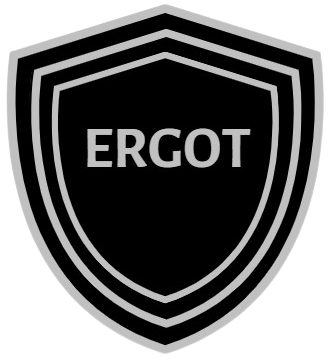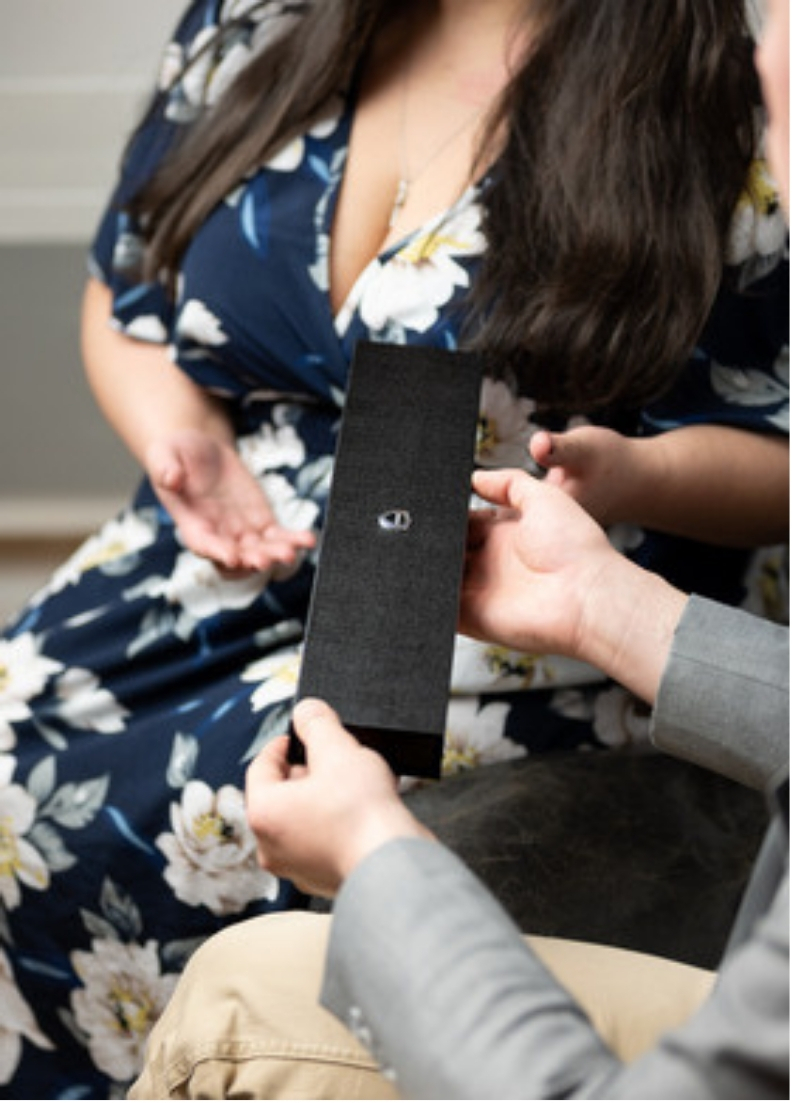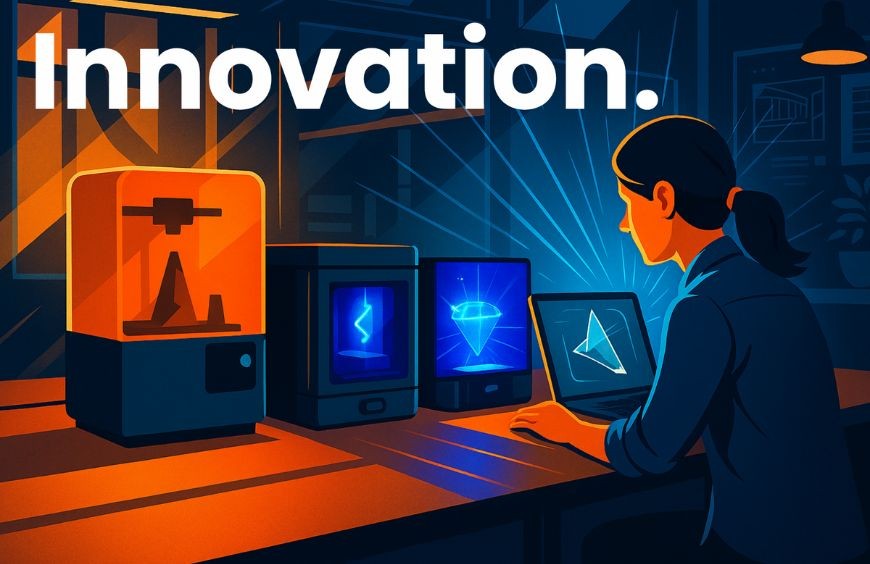Innovation and manufacturing: 3D printing at the service of cutlery
Innovation and manufacturing: 3D printing at the service of cutlery
1. 3D printing in cutlery: a revolution underway
3D printing is transforming many sectors, and cutlery is no exception. Thanks to technological advances, it is now possible to design blades with unmatched precision, pushing the limits of traditional methods. This revolutionary approach allows for:
- Create optimized designs: Complex geometries impossible to achieve with traditional machining or forging.
- Reduce waste: Additive manufacturing uses only the necessary material, limiting material losses.
- Customize each knife: Unique engravings, specific balancing, and shapes adapted to users' needs.
3D printing thus brings unprecedented flexibility, allowing innovation without constraint.
2. Why choose a 3D printed knife?
3D printed knives are not just simple technological gadgets, they offer real advantages:
- Performance and durability: The optimization of internal structures allows for better resistance to shocks and wear.
- Weight and maneuverability: 3D printing allows for the design of lighter knives while maintaining perfect balance.
- Extreme customization: Each user can adapt their knife to their preferences, from the handle to the blade.
This technology combines the best of traditional craftsmanship and innovation to offer high-performance and unique tools.
3. How sintered steel is changing the game in cutlery
One of the greatest advantages of 3D printing in cutlery is the use of sintered steel. Unlike traditional forged or laminated steels, sintered steel is made by fusing metal powder under high temperature and pressure.
? Advantages of sintered steel:
- Increased density and strength: A more homogeneous structure, without air inclusions or internal defects.
- Resistance to extreme conditions: Less sensitive to corrosion and mechanical stresses.
- Long-lasting sharpness: A sharper edge that lasts longer thanks to an ultra-optimized composition.
With this technology, cutlery enters a new era of performance and precision.
4. The manufacturing secrets of a high-performance knife
The design of a 3D printed knife follows a rigorous process, combining innovation and expertise:
- Design and modeling?: Each knife is first drawn in 3D with precise adjustments to optimize ergonomics and performance.
- Printing and sintering?: Steel powder is fused layer by layer under a powerful laser, ensuring maximum strength.
- Heat treatment?: The blade is heated and quenched to improve its hardness and impact resistance.
- Sharpening and finishing: Each knife is precisely sharpened and receives a protective coating (Cerakote, nitriding, polishing, etc.).
This innovative process results in knives that are both ultra-high-performance and perfectly suited to users' needs.
Conclusion: A new era for cutlery
3D printing and sintered steel open up new possibilities in cutlery. This revolutionary approach allows for the design of blades that are more durable, more precise, and fully customizable. By combining tradition and technology, it offers enthusiasts and professionals exceptional tools, designed to last and perform.



